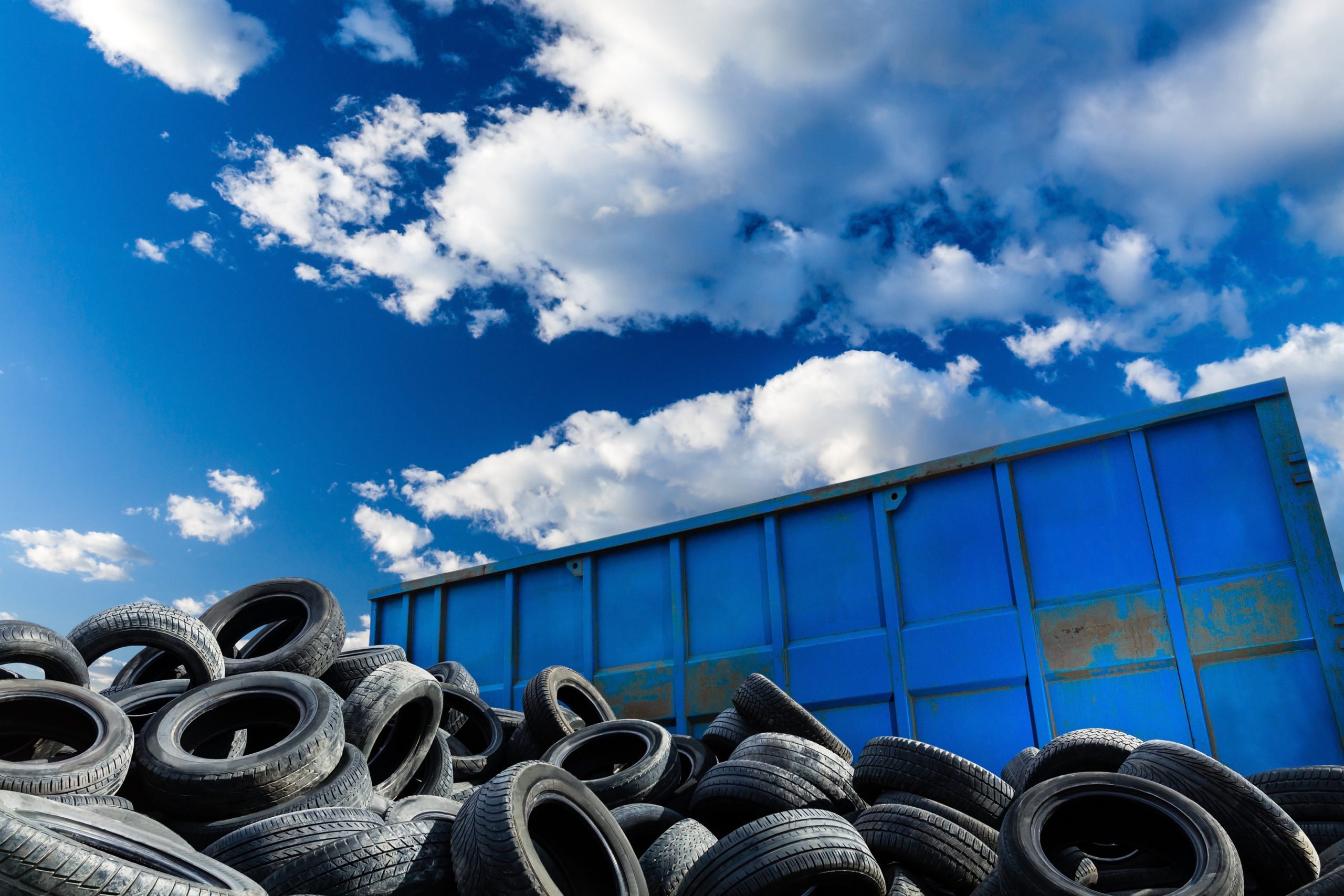Tires are an important part of our daily lives, providing us with transportation and enabling us to move goods and people from one place to another. However, when they reach the end of their useful life, tires can become a major environmental hazard. This is where tire recycling comes in, a process that allows us to repurpose old tires and minimize their impact on the environment.
The process of recycling tires involves several steps, including:
Collection and Sorting
The first step in tire recycling is the collection and sorting of used tires. Tires can be collected from various sources, including tire shops, auto repair centers, and individuals. Once collected, the tires are sorted based on their size, type, and condition. This step is crucial to ensure that the recycling process is efficient and effective.
Shredding
After sorting, the tires are shredded into small pieces using a shredding machine. This process reduces the tires to a size that is easier to handle and transport. The shredded pieces are also easier to process in the next steps of the recycling process.
Steel Removal
Most tires have steel wires embedded in them for strength and durability. The next step in tire recycling involves removing these steel wires. This is done using a powerful magnet, which attracts and separates the steel from the shredded tire pieces. The steel wires are then sent for further processing and recycling.
Granulation
The shredded tire pieces are then further processed through granulation. This involves grinding the tire pieces into smaller granules or particles. The granulation process creates a more uniform and consistent material that is easier to use in various applications.
Fine Grinding
The final step in tire recycling involves a fine grinding process, which reduces the tire granules to a powder-like substance. This powder can then be used to make a wide range of products, including rubberized asphalt, playground surfaces, and athletic tracks. The fine grinding process also ensures that all the remaining steel wires are removed from the rubber powder.
Overall, tire recycling is a critical process that helps to reduce the environmental impact of used tires. By recycling tires, we can minimize the number of tires that end up in landfills, reduce the demand for new tires, and conserve natural resources. Moreover, the products produced from recycled tires are versatile and useful, helping to create a more sustainable and circular economy.
If you’re in need of automated systems to assist with tire manufacturing or other manufacturing processes, UMD has everything you need under one roof. Contact us today to learn more about our fully customizable and custom-engineered systems.

